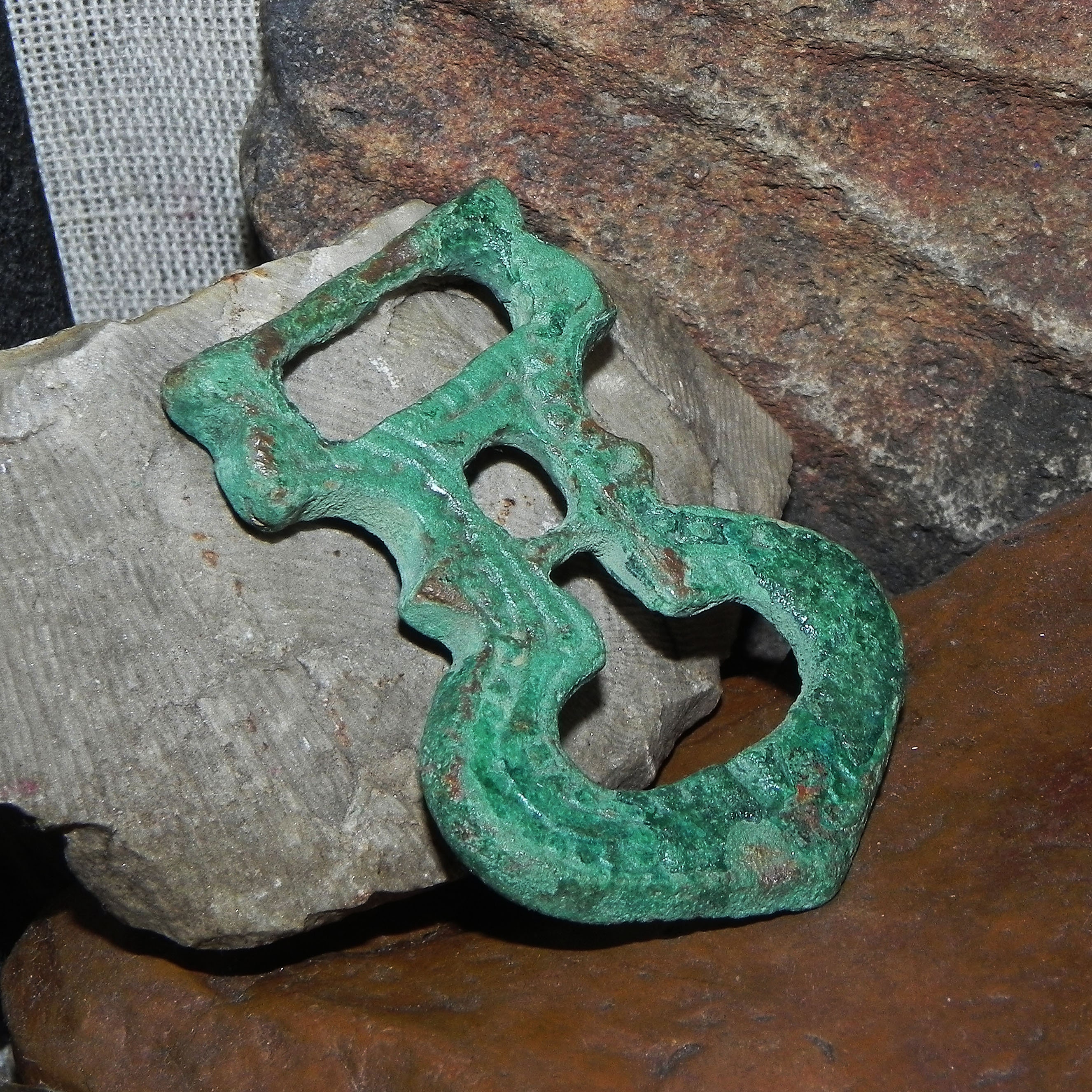
On The Edge Of A Blade: Grasping Aztec Violence and Human Sacrifice.Mexican Archaeologists Find Over 2,500 Rare Wooden Aztec Artifacts!.(Trustees of the British Museum / CC BY-NC-SA 4.0 ) Experts believe it was part of a ceremonial ritual costume and was worn with the help of deerskin straps. This Aztec artifact is actually a human skull covered with a mosaic of turquoise. “Smoking Mirror,” one of the four powerful and influential creator gods of Aztec mythology. The mosaic skull mask of Tezcatlipoca is believed to represent Tezcatlipoca, a.k.a. Experts believed that worship of Mictlantecuhtli was linked to ritual cannibalism.
ARTIFACT IMAGES SKIN
These terrifying figures depicted the god of death and ruler of the underworld, shown with his liver hanging out, his skin ripped off, and claw-hands.

The open mouth is encrusted with gemstones and lined with real shark teeth (Trustees of the British Museum / CC BY-NC-SA 4.0 )ĭuring excavations at the House of Eagles at the northern end of the Great Temple of Tenochtitlan in Mexico City, archaeologists uncovered two life-size clay statues of Mictlantecuhtli. Made of wood and covered with turquoise and malachite mosaic. Templo Mayor Museum at site of Aztec Great Temple, Mexico City. At the annual festival dedicated to Xiuhtecuhtli, slaves and captives were dressed as the deity and sacrificed in his honor ( Mistervlad / Adobe Stock)Īztec Stone Eagle, Cuauhxicalli, which has a circular cavity in its back for receiving human hearts. Turquoise mosaic Aztec mask of Xiuhtecuhtli, God of Fire. Photo credit: Niveque Storm ( CC BY-SA 3.0 ) A modern recreation of a ceremonial macuahuitl made by Shai Azoulai. It was so powerful it could reportedly kill a horse with one strike. It was a wooden bat surrounded by razor-sharp obsidian blades. The most fearsome Aztec instrument of death was the “ macauahuitl ,” a club weapon favored by elite warriors.

The hole in the belly of the chac-mool was where the hearts of sacrificed victims were placed. Aztec death whistles made piercing noises resembling a human scream, and are believed to have been used during ceremonies, sacrifices, or during battles to strike fear into their enemies.Ī chac-mool at the Templo Mayor (Greater Temple) archaeological site in Mexico City. The Emperor Death Whistle depicting the Lord of the Dead, developed by Master flute maker Xavier Quijas.

Known for their brutal battle tactics and ritual sacrifices of war captives, slaves, and innocent civilians, the Aztecs were obsessed with death. They were also fierce, violent, powerful, and gruesome. Stretching across highlands, coastal plains, valleys, and jungles, they were the largest and most successful Mesoamerican empire in terms of size and demographics. The Aztecs emerged in central Mexico around 1300 AD, coming to dominate the surrounding area from their capital city Tenochtitlan, now Mexico City.


 0 kommentar(er)
0 kommentar(er)
